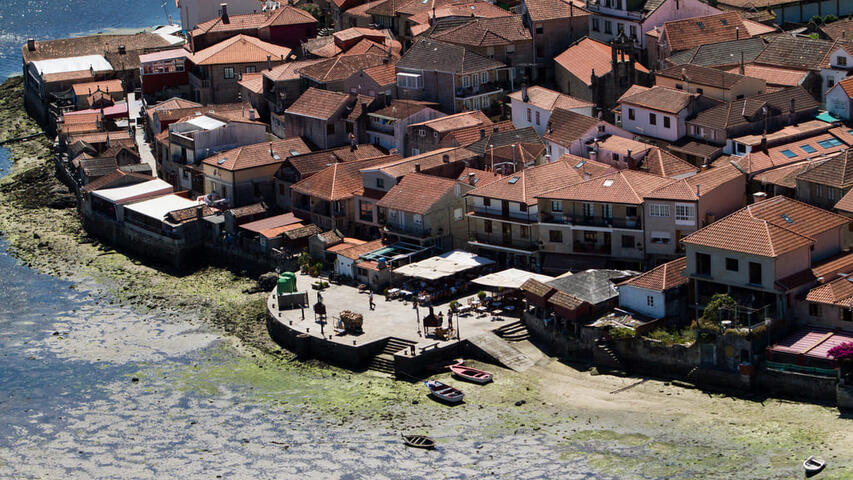A unique set of palleiras in Galicia
Its small, traditional town centre was declared a Historic-Artistic Site in 1972.
It is the best example of traditional Galician architecture: hórreos (raised granaries), stone crosses and sailor's houses make this small historic centre one of the most charming corners of As Rías Baixas. The most widely accepted version of the name is that it is linked to the root "comb", which refers to the curvature of the coast at this point.
Its hórreos (granaries) by the sea and the cruises in its squares have fascinated for years the thousands of travellers who have succumbed to its magic.
Combarro is an open-air museum. Declared a Historic-Artistic Site in 1972, its cobbled streets, its hórreos (raised granaries) at the seafront and the cruisers that preside over many of its squares have fascinated for years the thousands of travellers who succumb to its magic.
It is still one of the best examples of Galician rural architecture to be found today. The picturesque houses of the village are narrow, have beautiful stone or wooden balconies and in some cases have a porch decorated with plants where the villagers live.
Combarro has a rich ethnographic heritage in which its more than sixty hórreos stand out, thirty of which are next to the sea. These are a group of palleiras, unique in Galicia, built in stone or wood. They were used as granaries or pantries and also protected their owners' houses. Most of them date from the 18th and 19th centuries.
